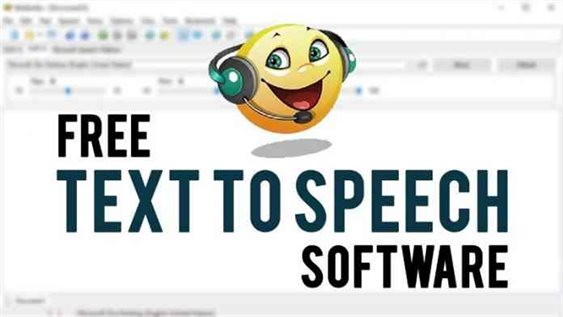

Write Online (Mac, PC) Word processor for middle school through college writers.Includes word prediction, picture support, and reads sentences aloud to facilitate review and editing.
#Speech to text software for kids Pc#
Clicker 6 (Mac, PC ) Word processor for elementary school-aged writers. Ghotit (Mac, PC ) Contextual and phonetic spellchecker/grammar and punctuation checker that reads the document aloud. Ginger (iOS, Mac, PC) Contextual spellchecker. Grammarian PRO2 (Mac) Grammar, spelling, and punctuation check tool with autotype features. Technological Supports to Help with Spelling and Grammar Voice Typing (Google Docs in a Chrome browser). These programs can help students organize, outline, and map ideas.) Technological Supports to Help with Writing Organization We hope you find them helpful in supporting your child. While we do not proclaim to be experts in the field of assistive technology supports, the following resources are recommended based on research, recommendations, and continuing education. For example, voice-to-text software can help students with superior verbal expression get their ideas on paper without simplifying thoughts for the purpose of minimizing written output text-to-speech software can help students read by listening, which can facilitate the editing process. Many students with dysgraphia can benefit from using technological supports to leverage their strengths and diminish the impact of their challenges. This requires looking at a student’s strengths, weaknesses, preferences, and motivation in order to find tools that are compatible and provide the necessary support. 
When providing compensatory strategies, we need to assess what the student needs to be doing, in what context they need to be doing it, and how they can best accomplish what they need to do. Secondly, we can provide accommodations and compensatory strategies, such as technological supports, to make specific tasks easier. First and foremost, we must provide instructional intervention to improve the student’s skills and abilities. When a student has difficulty with the writing process (dysgraphia) – e.g., handwriting, spelling, or putting their thoughts down on paper – there are two ways to close the performance gap.






 0 kommentar(er)
0 kommentar(er)
